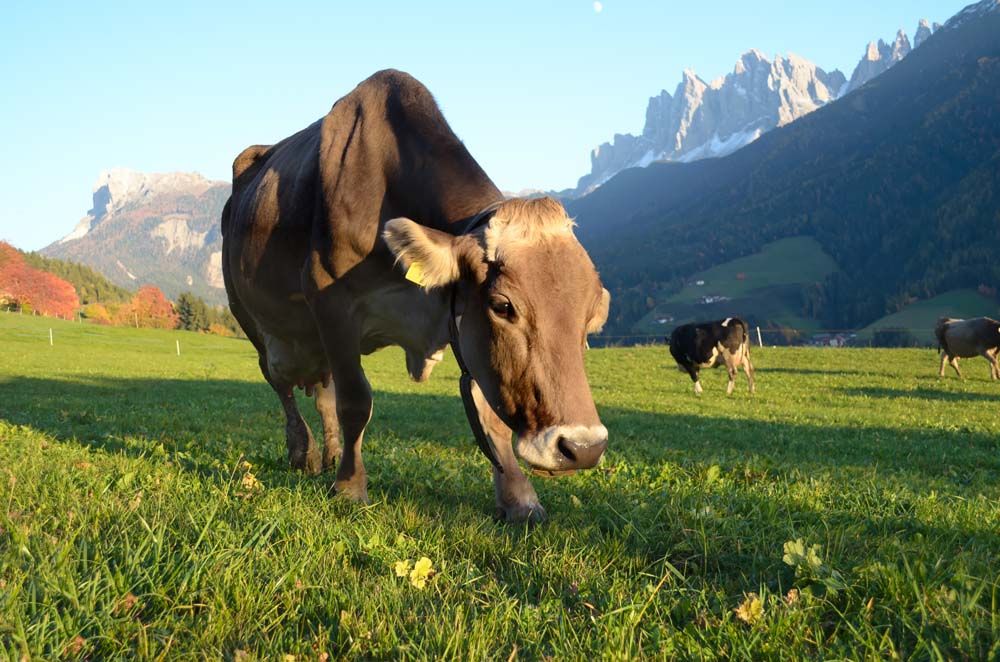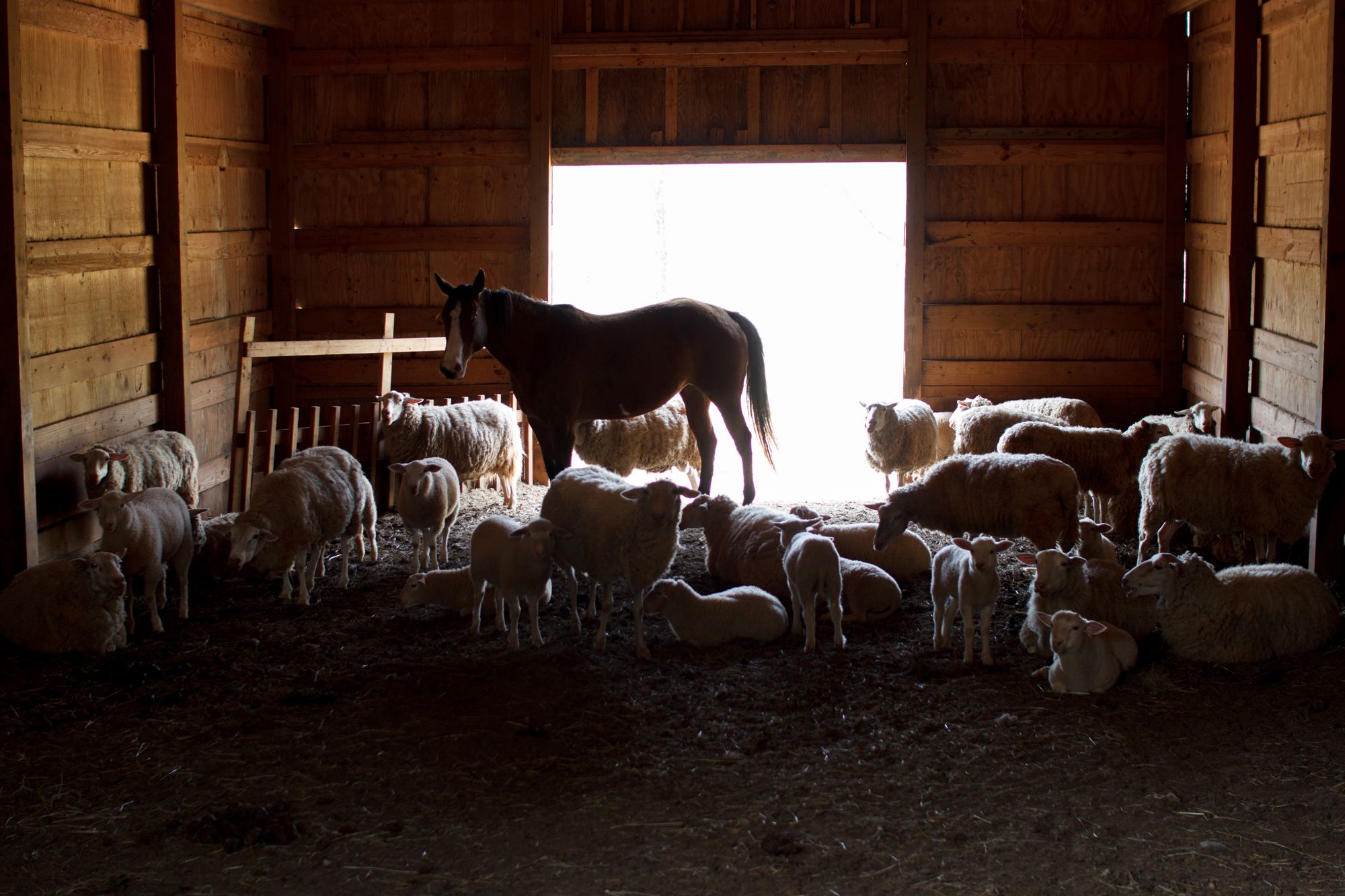Helping Pollinators Thrive on Your Land
Buzzing Back to Life


We all love seeing our land buzzing with bees, butterflies, hummingbirds and other pollinators. The best part is that these pollinators make our gardens more than just pleasant places to be; they play a crucial role in maintaining biodiversity and ensuring the success of food crops and native plant species.
Whether you manage a small homestead or sprawling acreage, you can take meaningful steps to create a pollinator-friendly environment and make your property an ideal home for these essential creatures. To aid your endeavors, when preparing your plantings for the year, consider incorporating native wildflowers, providing nesting sites and minimizing pesticide use.
Let’s walk through the steps and make it easy to protect your local pollinators.
Pollinators Matter
Pollinators are responsible for fertilizing nearly 75% of flowering plants and about 35% of global food crops. Without their help, many fruits, vegetables, nuts and wild plants would struggle to reproduce, impacting both agricultural yields and natural habitats. Alarmingly, pollinator populations have been declining due to habitat loss, climate change, pesticide exposure and disease. Supporting pollinators on your acreage can help reverse this trend and promote a healthier ecosystem.
Beyond boosting food production, pollinators also contribute to soil health and biodiversity. Their presence supports a balanced ecosystem by attracting other beneficial insects and wildlife that contribute to natural pest control and soil aeration. A property rich in pollinators can also be more resilient against environmental stressors, as diverse plant life encouraged by pollination helps prevent soil erosion and improves water retention.
Moreover, having pollinator-friendly land can increase property appeal and value. More buyers are recognizing the importance of sustainable practices, and acreage that nurtures pollinators can be a strong selling point. By investing in pollinator conservation, landowners not only enrich their own environment but also contribute to a larger movement of ecological stewardship that benefits the broader community.
Creating a Pollinator-Friendly Habitat
One of the most effective ways to support pollinators is by providing a rich and diverse habitat that meets their needs for food, shelter and breeding sites. Growing native plants, providing nesting sites and minimizing pesticide use have the biggest impact on pollinators in your area.
Plant Native Wildflowers
Native plants are adapted to local conditions and provide the most nutritious food sources for pollinators. Growing a diverse selection of wildflowers, shrubs and flowering trees ensures that nectar and pollen are available throughout the growing season.
When planning your pollinator garden:
- Choose a mix of species that bloom at different times of the year to provide a continuous food source.
- Opt for native perennials such as coneflowers, milkweed, black-eyed Susans and bee balm.
- Avoid hybridized or double-petaled flowers, as they may produce less nectar and pollen.
- Incorporate flowering herbs like lavender, thyme and mint for additional nectar sources.
Provide Nesting and Shelter Sites
Pollinators need safe places to rest and reproduce. Different species have unique habitat requirements:
- Native bees often nest in bare soil, hollow stems and wood cavities. Leaving some undisturbed ground and installing bee hotels can help support their populations.
- Butterflies rely on host plants to provide a place to lay eggs and as a food source for caterpillars. For example, monarch butterflies depend on milkweed, while black swallowtails use dill and parsley.
- Hummingbirds prefer dense shrubs and trees that offer shelter and nesting opportunities, while feeders with a sugar-water solution can supplement their nectar intake.
Minimize Pesticide Use
Chemical pesticides, particularly neonicotinoids, can be harmful to pollinators by disrupting their nervous systems and reducing their populations. To protect pollinators, choose organic or natural pest control methods, such as introducing beneficial insects or using neem oil.
If pesticide application is necessary, apply it in the early morning or late evening when pollinators are less active. Avoid treating plants when they are in bloom, as pollinators are most likely to visit the plants during this time. To reduce pest pressure naturally, utilize mulch, crop rotation and companion planting.
Be a Pollinator Hero This Year
Protecting pollinators on your acreage is a rewarding and impactful way to contribute to a healthier environment. Be a friend to pollinators this season by implementing some of these strategies, and you can create a sanctuary for bees, butterflies, hummingbirds and more.
Every effort, no matter how small, makes a difference in ensuring the survival of pollinators and the ecosystems they help sustain.
Tags:Country Critters

Acreage Life is part of the Catalyst Communications Network publication family.

















